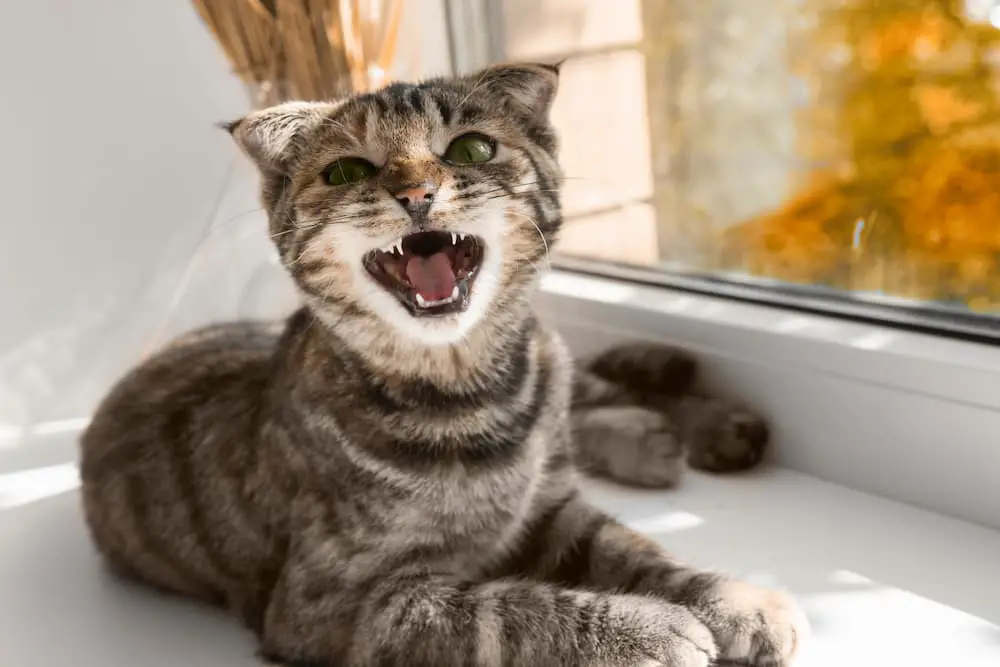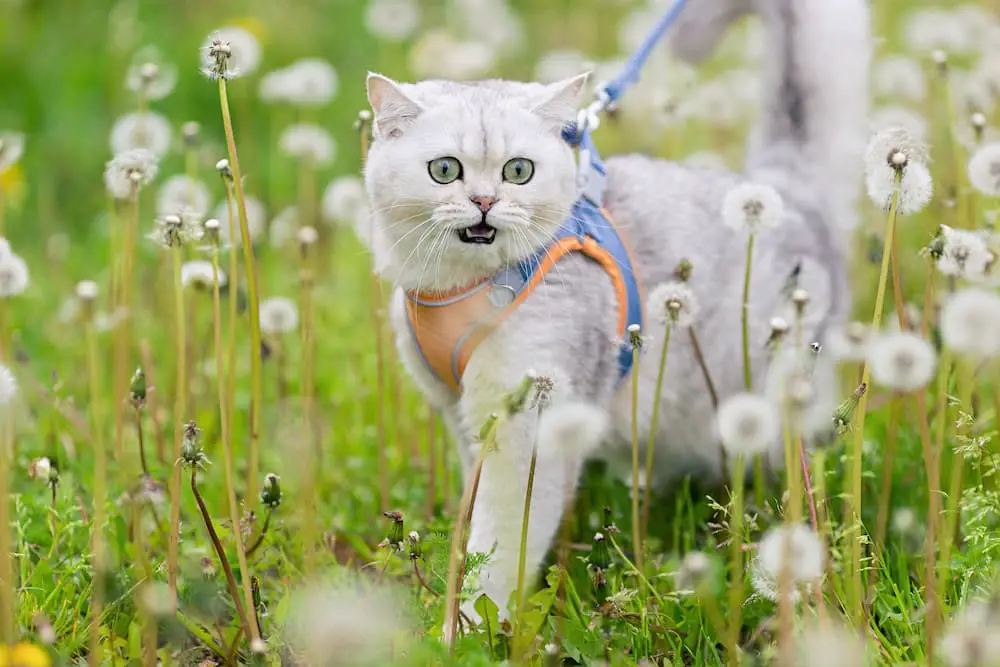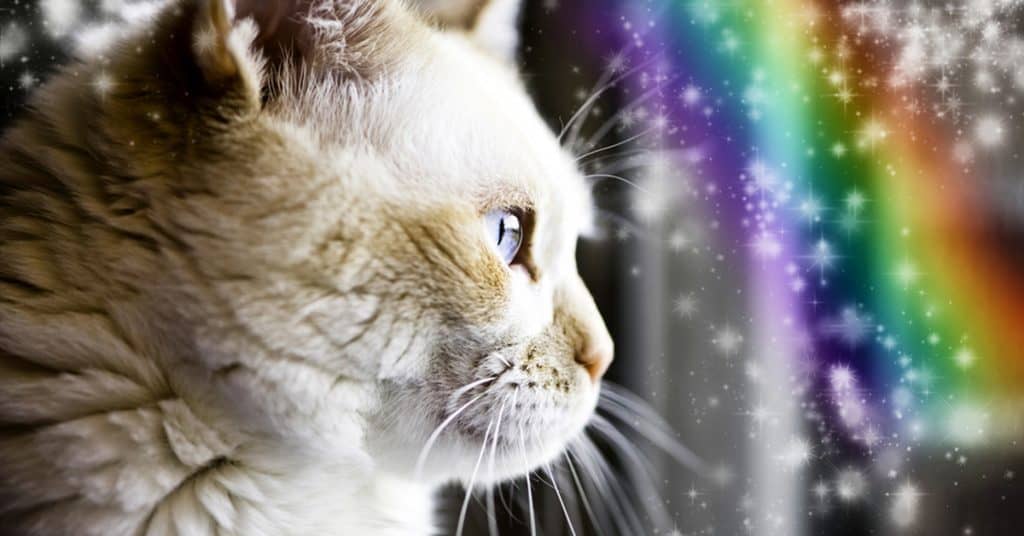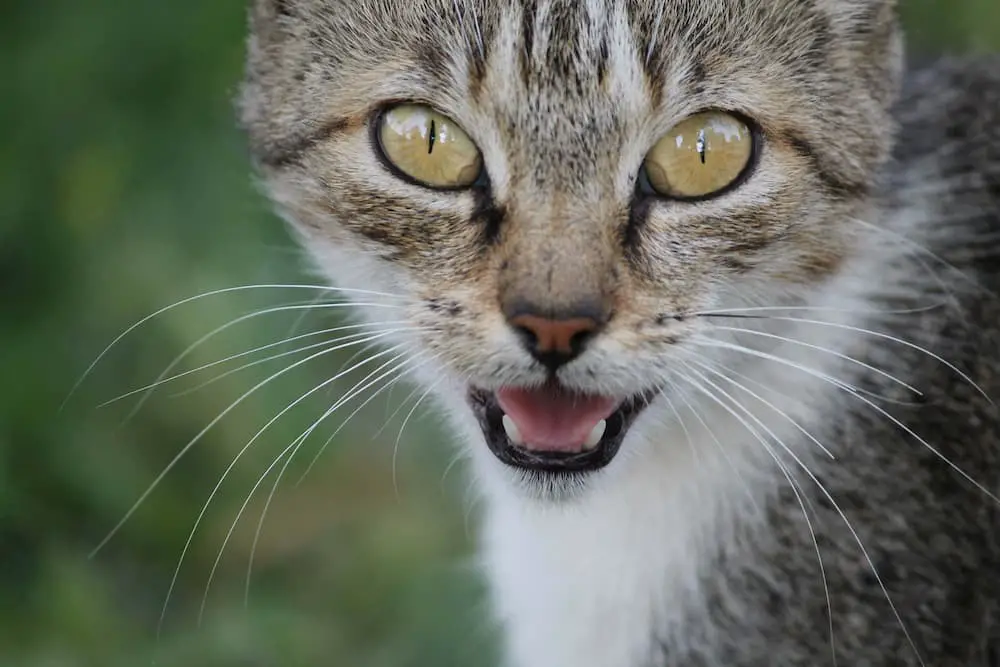Catnip (Nepeta Cataria) is a historical favorite for felines, but believe it or not, only about 50% of cats will respond to this herb. If your cat is under three months of age, they will not respond to catnip at all. Catnip is a plant from the mint family and it’s actually the essential oil known as nepetalactone within the plant that gives cats the familiar “buzz” we all recognize. But don’t worry if your cat isn’t a fan – there are lots of alternatives for finicky felines who don’t like this potent herb. Here are our top five favorite alternatives to catnip:
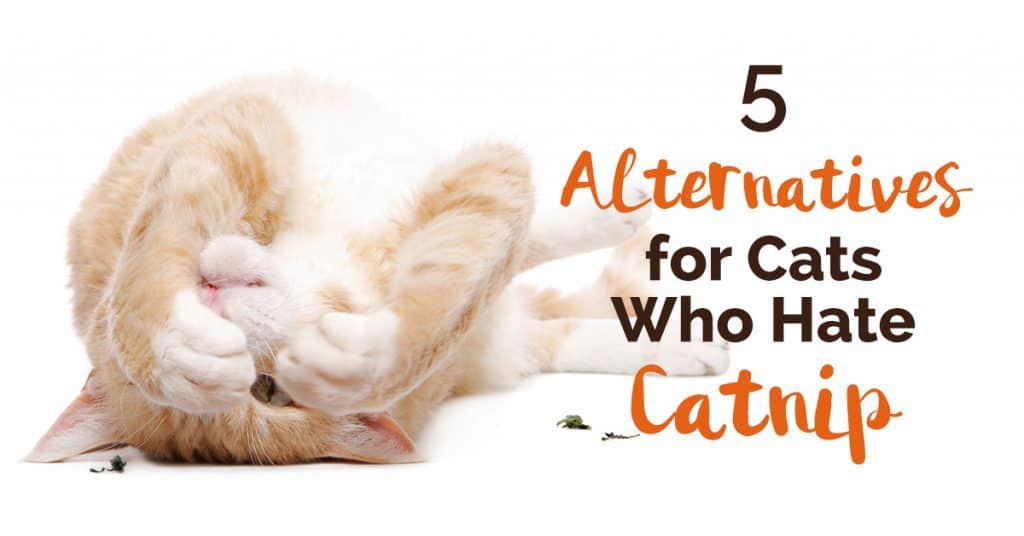
Our Favorite Catnip Alternative: SILVERVINE
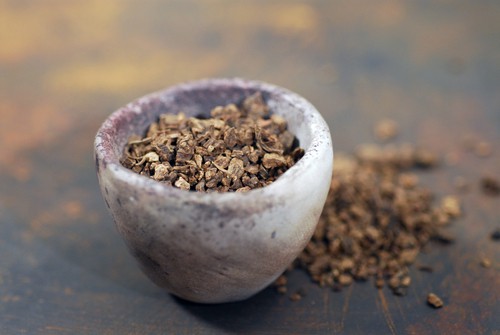
In Japan, Silvervine is known as Matatabi. Silvervine is a Japanese favorite and is often grown in Eastern gardens. It’s such a potent attractant that it contains not one, but two cat attractant compounds! Nearly all cats will find something to love in Silvervine toys. However, when purchasing this herb, be on the lookout for a pure source – this is an herb that is often contaminated with other herbs. From the Field has plenty of toys filled with safe Silvervine and Petlinks has a bunch of toys filled with their own “HyperNip” which is a potent mix of catnip and silvervine.
Stinky Catnip Alternative: VALERIAN ROOT
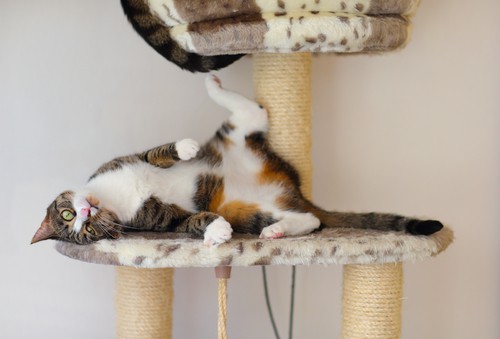
You may know about the sedative qualities of valerian root because it’s a popular herb to help humans fall asleep. In cats, it has the opposite effect! Plenty of manufacturers know this secret and are expanding their toys to include Valerian root. We love the Valerian Root used in From the Field and Bavarian Cat Toys. Don’t be alarmed when you first open a package that has a cat toy filled with valerian root – it can have a very distinct “stinky cheese” odor that will make you turn your nose. Of course, cats just adore it!
Catnip Alternative for Calming: LAVENDER

Lavender is an herb found around the world that is favored by humans due to its calming effects, and – in small quantities – can have similar effects on cats. It’s now readily available to cats in cleaning products, shampoos, and even cat litter. It’s important to note that lavender contains compounds called linalool and linalyl acetate which can be toxic to cats in large doses (or if concentrated, such as an essential oil) and they should never be allowed to ingest fresh lavender. However, a small amount of dried lavender is generally not harmful and can have calming properties, such as the lavender in this popular blend from Meowijuana!
Catnip Alternative for Fun: TARTARIAN HONEYSUCKLE

There are well over 180 species of honeysuckle plants but only one species seems to have any noticeable effect on cats and that’s the Lonicera Tartarica (also known as Tartarian Honeysuckle). The active ingredient is similar in chemical structure (but not the same) as the nepetalactone found in catnip. Not only are these fun for cats, but they are also beautiful to grow. But be sure you purchase the correct kind as many types of honeysuckle can be toxic to cats.
Catnip Alternative for Calming: CHAMOMILE
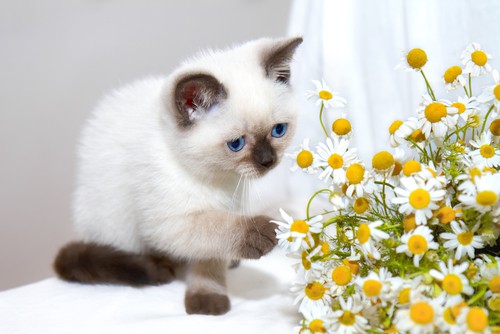
Much like lavender, chamomile can be toxic to your cat if it’s ingested – especially in large quantities. However, in small amounts and if given properly, it can have calming benefits as well as natural deworming properties. Don’t ever allow your cat to eat chamomile (fresh or dried). The best way for your kitty to enjoy it is with chamomile tea, to calm an upset stomach. Or use spent chamomile tea bags to calm irritated skin or eyes. Chamomile hydrosol is also safe for external use, and is a great alternative to essential oil. Use a few drops around your cat’s favorite places, but never add it to their food or water.
A WORD OF CAUTION
Whenever you look at natural solutions, even when it comes to toys, you should pay close attention to your cat’s reactions. Natural oils and other products can be rapidly absorbed through the digestive tract or through the skin, and then travel to the liver where they are metabolized. Since the feline liver is deficient in many enzymes, cats may be unable to metabolize these compounds properly, which can lead to behavior problems, physical problems, and even toxicity. Most cats, however, are well aware of their deficiencies and know when they’ve had enough. So, just pay close attention to how your kitty reacts the first time you give them anything new!
The Catington Post is reader-supported. That means, if you make a purchase through links on our site, we may earn an affiliate commission. All images and names which are not the property of The Catington Post are the property of their respective owners.Have you tried any of these catnip alternatives with your best furry friend? Let us know by posting a comment below.
If you found this article helpful, pin it!


